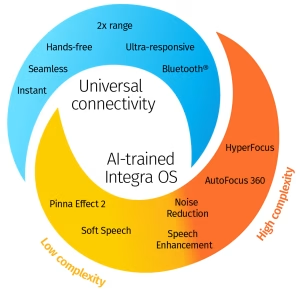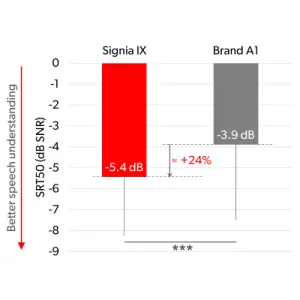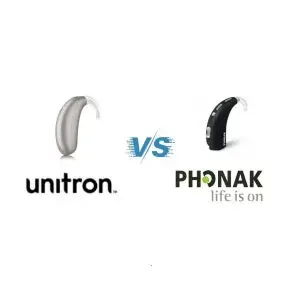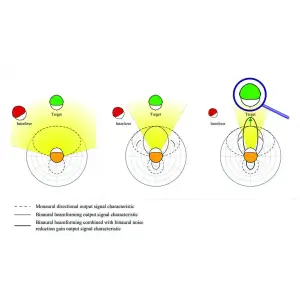
Unitron has recently launched its latest hearing aid platform, Smile. This platform is aimed at delivering practical improvements in hearing support, comfort, and reliability. Built on the new ERA™ chip ...

Telehealth, telecare, telehear…”tele-something” is becoming a part of our daily vocabulary in healthcare. From general medical appointments to mental health services, telehealth is now widely available. More clinics, hospitals, and ...

Starkey Technology has an amazing Telehealth opportunity for people. Hearing Care Anywhere (2020): Starkey improvements Amid the COVID‑19 pandemic, Starkey partnered with Google Cloud to launch Hearing Care Anywhere (TeleHear), ...

Is It Safe to Buy Prescription Hearing Aids Online? An Audiologist Explains In 1995, I graduated with a master’s degree from San Diego State University with six other classmates. While ...

A Review of the New Phonak Infinio Sphere Technology Chip in Helping People Hear in Noise Phonak, a leading manufacturer in hearing aid technology, recently released a research summary authored ...

Signia’s new study on their Integrated Xperience (IX) platform aims to show how well it improves listening in noise and how their multi-stream technology helps with improving speech understanding with ...

Introducing the Widex Allure Hearing Aid: A New Chapter in Natural Hearing by Widex Overview of the Widex Allure Platform Widex’s latest innovation, the Allure platform, marks a significant evolution ...

When choosing between hearing aid brands, many people are surprised to learn that Unitron and Phonak are sister companies, both owned by Sonova, a global leader in hearing care solutions. ...

When you’re in a noisy restaurant or trying to catch every word in a meeting, hearing aids with directional microphones can make a world of difference. But what exactly are ...

Expertly Refurbished, Scientifically Sterilized, Ready for You. UV-C Light for Hearing Aid Sterilization: Scientific Evidence, Protocols, and Best Practices At Hears Hearing & Hearables, we understand that choosing a used ...
Powered By SinglerDesign.com